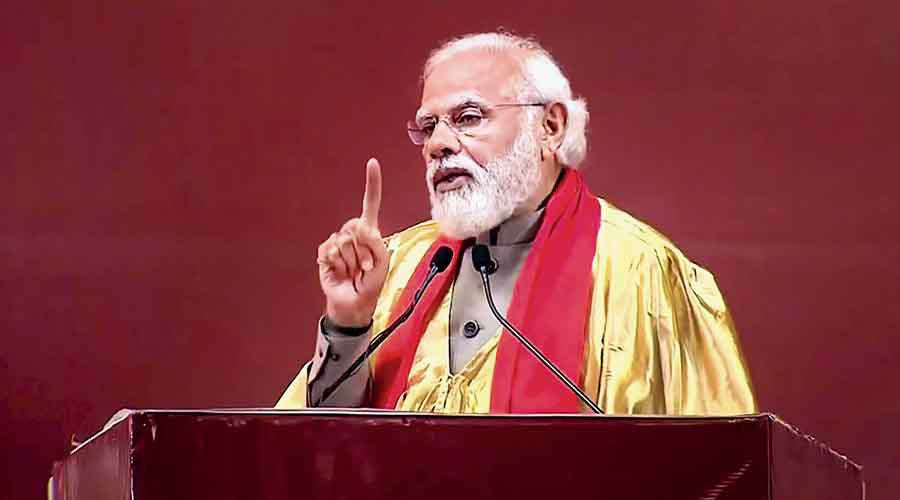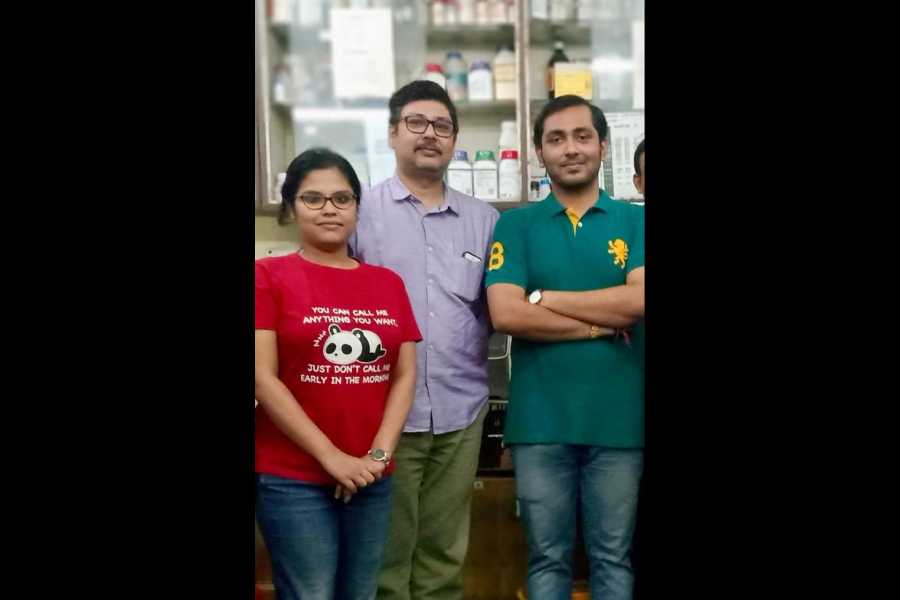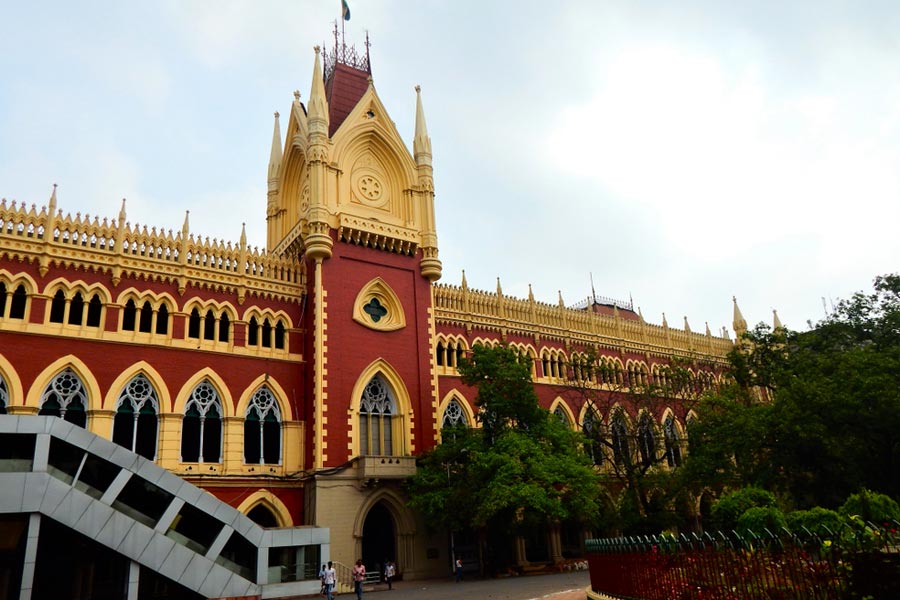India’s current Covid-19 surge will rise significantly higher than its second wave and likely peak between 600,000 and 900,000 daily new lab-confirmed infections nationwide, the most detailed models yet on the omicron-fuelled rise have suggested.
The true underlying number of cases could, however, be up to 15 times these predictions as the projected numbers factor in only lab-confirmed cases.
The ensemble of models, generated by independent research groups in multiple academic institutions, also predict a nationwide daily requirement of roughly 8,000 to 24,000 intensive care unit beds at the wave’s peak between January 20 and February 10, going by the numbers of lab-confirmed cases.

“Our calculations converge on a peak between January 20 and February 10, with the large cities peaking towards the earlier date,” said Gautam Menon, a mathematical epidemiologist at Ashoka University, Sonipat (Haryana), and the Institute of Mathematical Sciences, Chennai.
Scientists say the broad ranges of their predicted numbers underline the large uncertainties in the assumptions about what proportions of people are susceptible to becoming infected and developing severe disease from omicron. A prior Covid-19 infection and full vaccination with two doses lower the risk of severe disease.
If only 30 per cent of India’s population is susceptible to omicron, daily new infections confirmed through lab tests will peak at around 300,000.
If 60 per cent of India’s population is susceptible, the peak counts of diagnosed cases will rise to 600,000. If all people are susceptible, the peak will soar to nearly 900,000.
The second wave, fuelled by the delta variant, had peaked at around 400,000 cases in early May last year.
Multiple studies and anecdotal accounts suggest that infection from earlier variants offer little or no protection from omicron infections.
The model developed by scientists at the Indian Institute of Science and the Indian Statistical Institute in Bangalore has also predicted hospital and ICU bed requirements statewise which, doctors say, would be more relevant to health authorities than nationwide figures.
The IISc-ISI model, for instance, has predicted that at 60 per cent population susceptibility to omicron, Bengal would require around 800 ICU beds daily. The requirement would rise to 1,400 ICU beds daily if 100 per cent population is susceptible.
To estimate hospital and ICU bed requirements, the model used omicron data from South Africa that indicated that about 7 per cent of diagnosed cases required hospitalisation and, among those in hospital, about 5 per cent required ventilator support.
The Ashoka University-IMSc model has also generated statewise predictions for severe disease. The largest countrywide count at the wave’s peak is projected at 175,000 among the unvaccinated and the least is less than 5,000 among those who have received both doses.
“This is the most detailed model for Covid-19 in India as it incorporates the age distribution of our population, protection against severe disease arising from prior infection as well as the impact of one or two doses of vaccines,” Menon said.
The calculations are based on omicron-linked data from South Africa and assume that around 16 per cent of severe cases will be among vaccinated people and 84 per cent among the unvaccinated.
Since the emergence of the immune-evasive omicron variant, many research groups have tried to predict the size and duration of the current surge — with caveats that all forecasts are based on key assumptions, which if inaccurate, make the calculations wrong.
One such forecast led by researchers at the Indian Institute of Technology, Kanpur, which had predicted in December that India’s omicron-fuelled surge would peak at about 180,000 daily new cases between February and March, already appears off the mark.
The seven-day average of daily new infections nationwide has increased 16-fold over the past two weeks, from around 7,600 on December 25 to over 130,000 on January 10 and, doctors say, many small towns and rural areas are yet to be swamped by omicron.












